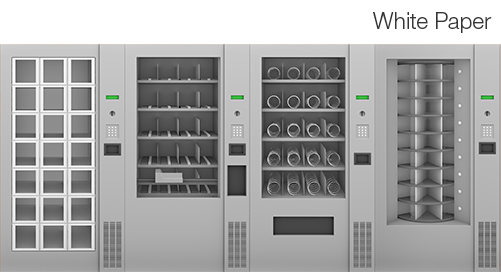Maximizing humanoid robot longevity: the power of maintenance-free components
The challenge of maintenance in humanoid robots
Humanoid robots represent the cutting edge of robotics, offering unique capabilities and versatility across various industries, from warehouses to disaster relief sites. However, this advanced technology comes with its own set of challenges, particularly in terms of maintenance.
Unlike simpler robotic systems, humanoid robots contain numerous joints and moving parts, increasing the potential for wear and failure. High maintenance costs and frequent downtime can significantly impact their deployment and overall productivity. In response, innovations such as maintenance-free components and advanced materials are emerging as key solutions to ensure the reliability and cost-effectiveness of humanoid robots.
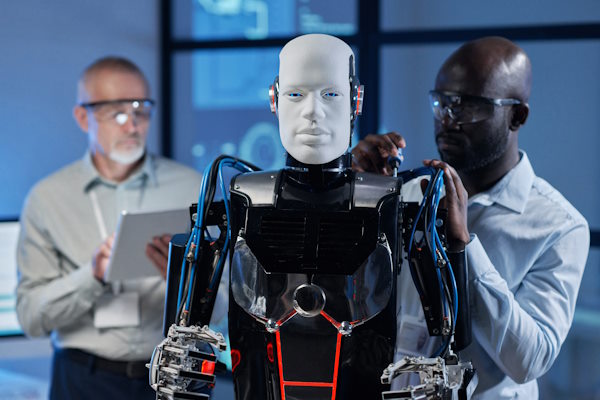
This blog delves into the complexities of humanoid robot maintenance and explores how advancements in maintenance-free technologies can help mitigate these challenges.
Complexity of humanoid robot design
Humanoid robots present many unique design challenges not often found in other robotic systems. A humanoid robot consists of dozens, if not hundreds, of joints and moving parts that need to work in tandem. If even one of these fails, the entire robot may need to go offline for maintenance and repair. Compared to a simpler solution like a gantry or robotic arm, there’s much more potential for component wear and failure.
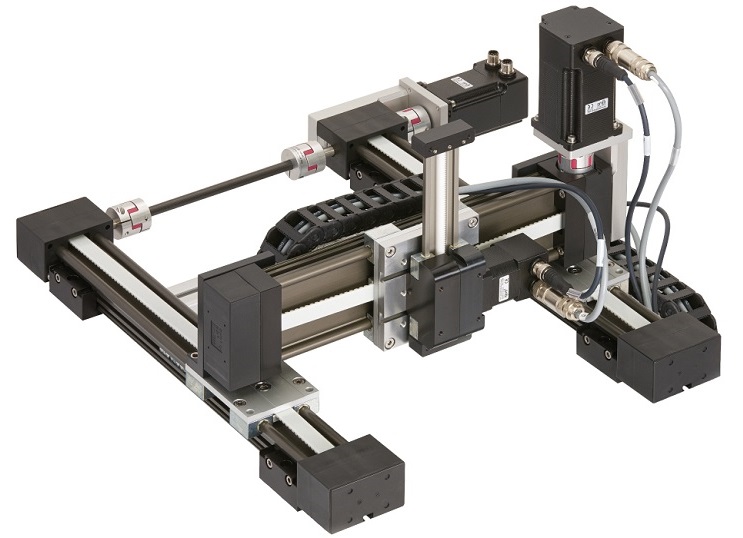
Another challenge designers have to contend with is the variety of environments that humanoid robots are used in. Anything from warehouses and shopping centers to construction and disaster relief sites can make use of humanoid robots. This means designers need to keep all these potential use cases in mind when developing a humanoid robot, and ensure it can withstand each of these environments.
Downtime and repair costs
While robots can work at much longer intervals than humans, they still require downtime for charging, maintenance, and other updates. Of these, maintenance is the most costly. Humanoid robot budgets should therefore include ongoing maintenance, especially in industries where wear and tear is more likely.
For standard service robots, yearly maintenance costs are about 10–20% of the robot’s purchase price. More advanced robots like humanoids will have additional costs on top of this if a specialized technician is needed to perform maintenance.
With even some of the most affordable projected prices for commercial humanoid robots between $25,000 to $30,000, this would amount to yearly maintenance costs of at least $2,500 before including any additional costs for a specialized technician. For more robust industrial humanoids, these maintenance costs can range from $20,000 to $100,000 a year before these additional costs.
Not only are maintenance costs high for humanoid robots, but downtime will impact production schedules as well. If downtime isn’t adequately worked into a production schedule, delays and extended periods of lost productivity during unplanned downtime are likely.
Related: Stop spending millions on robot downtime now
Impact of frequent maintenance on robot deployment
The need for frequent maintenance on humanoid robots can have a severe impact on deployment, especially in remote or hazardous environments. Any maintenance performed on a humanoid robot still requires a human to appear on site, which can be difficult, if not outright dangerous, in many of the environments humanoid robots are suited for. This can impact deployment plans and force engineers to come up with designs that minimize or eliminate maintenance in humanoid robots.
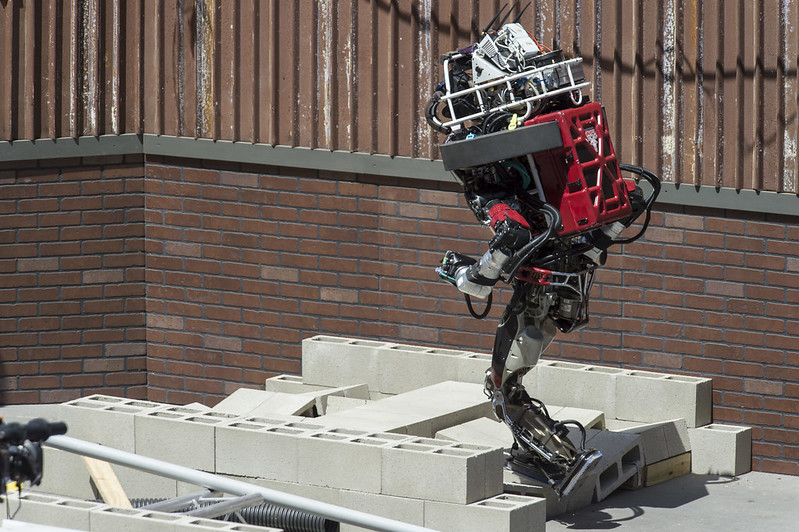
Benefits of maintenance-free components
One of the best solutions for minimizing humanoid robot maintenance intervals is to implement maintenance-free plastic components wherever possible. These components do not require regular relubrication or maintenance, can resist the conditions found in nearly all industrial environments, and can outlast metal alternatives.
Reduced need for lubrication and part replacement
Tribologically optimized plastic components have solid lubricants embedded directly into the component material to ensure consistent and reliable lubrication. This entirely eliminates the need to manually lubricate components, and by extension reduces the need to replace parts that fail due to improper lubrication.
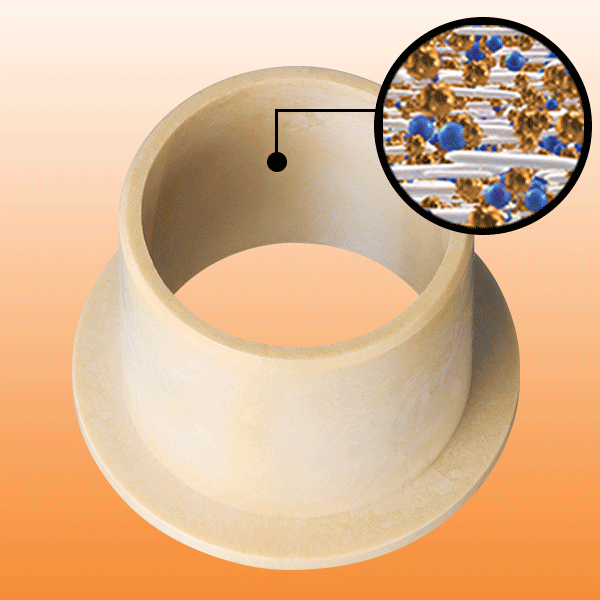
Read more: The true cost of bearing lubrication
Increased uptime and productivity
With the use of high-performance plastic components minimizing the amount of maintenance needed, this also means uptime is increased as a result. This has a direct, positive impact on total productivity and ensures a faster return-on-investment can be achieved.
Lower long-term costs
Another direct result of minimized maintenance is the reduction of total long-term costs. Maintenance-free components don’t need to be replaced as often and don’t require regular maintenance, leading to vastly reduced costs over the entire lifespan of the robot.
Enhanced reliability in various environments
By eliminating grease with plastic components, performance in harsh conditions is made more reliable. Optimized plastic components are resistant to dirt, dust, and corrosion due to the lack of grease — ideal for environments like construction sites, disaster response sites, or warehouses with significant amounts of dirt and dust.
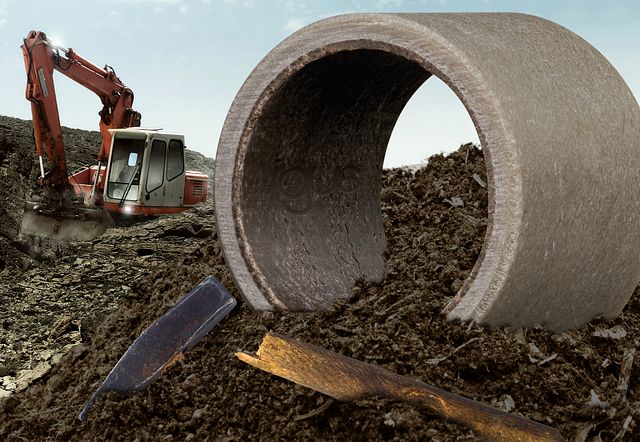
Plastics can also be designed with special characteristics like FDA-compliance, ESD compatibility, extreme temperature resistance, and more.
igus® maintenance-free solutions for humanoid robots
igus is a leading manufacturer of tribologically optimized plastic components, with nearly 60 years of experience in the field. With five major product lines that each make use of these plastics, there’s no shortage of product options for use within humanoid robots.
Self-lubricating plastic bearings for joints
igus’ line of igubal® self-aligning bearings prove ideal for use within the joints of humanoid robots. igubal bearings boast all the same benefits of the plastic materials igus uses, while also reducing cost and weight relative to metal alternatives.
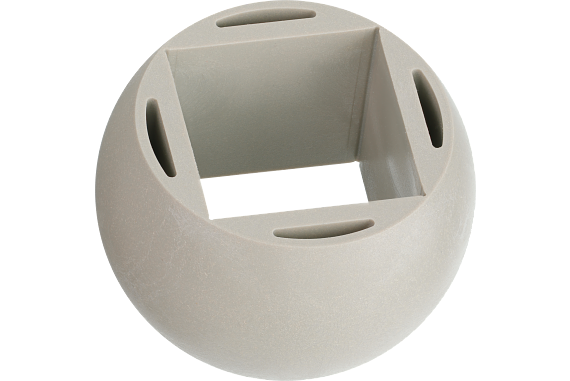
igus also offers iglide plain bearings and slewing rings to round out the bearings product line. iglide bearings are available in FDA-compliant materials so operation within hygienic environments or food production applications is possible. In an effort to be more green, iglide bearings are also available in PFAS-free and PTFE-free materials.
iglide slewing rings are offered in various sizes, with optional accessories and features such as clamps, angle stops, felt seals, and more.
Wear-resistant linear guides & actuators for smooth movements
High-precision drylin® linear bearings and actuators offer smooth, quiet operation across a number of different rail profiles. Rails are available in clear anodized and hard anodized aluminum, as well various series of stainless steel.
Belt-driven and screw-driven actuators are also available, and can easily be paired with drylin motors and motor controllers to create a complete and cohesive system.

Miniature linear guides and actuators make it possible for drylin to be used in some of the smallest installation spaces, perfect for compact humanoid robot designs.
Durable cable management systems
Cables are a necessity in any robotic application, and poorly managed cables will only lead to tangling, premature wear, and potential breakage, forcing costly unplanned downtime. Cable carriers, like those from igus, solve this issue by keeping cables organized and protected from wear.
e-chain® cable carriers are lightweight, easy to install, and come with a service life guarantee of up to four years. The smooth contours of e-chains make them cable-friendly and help eliminate premature cable wear. Like with drylin products, miniature e-chains are available to manage cables in extremely tight installation spaces.
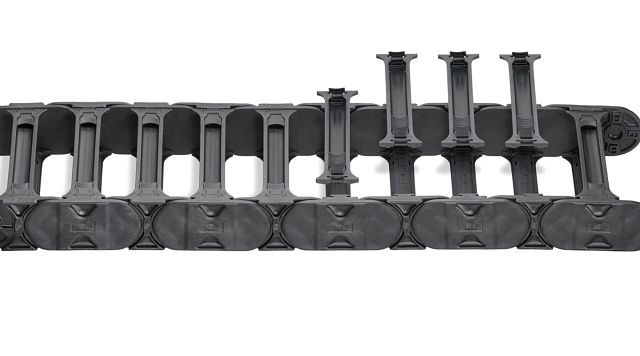
The future of maintenance-free robotics
Emerging technologies in self-diagnosing components
The Industrial Internet of Things (IIoT) has enabled a greater level of connectivity in industrial applications than ever before. It’s now possible for componentry to be outfitted with sensors that can monitor the component’s condition (condition monitoring), as well as make highly accurate service life estimates and predict when maintenance will be needed (predictive maintenance).
igus provides IIoT-enabled bearings and cable carriers to further improve reliability and give customers peace of mind knowing exactly how long their components will last and in what condition they’re in.
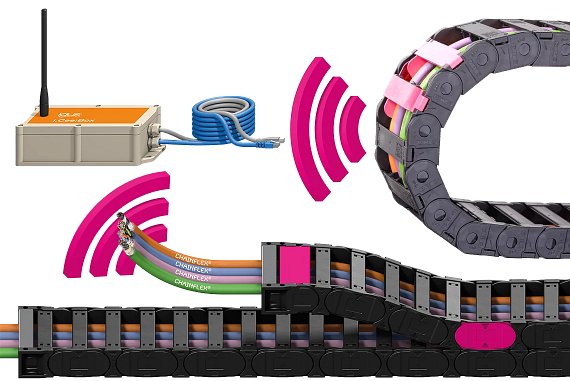
igus’ commitment to innovation
Continued innovation is a cornerstone of the work done at igus. With dozens of new products and innovations developed every year, there’s no shortage of innovative products that can transform applications, particularly in robotics.
To that end, igus has created the RBTX marketplace, an online marketplace that brings together robotics researchers, manufacturers, integrators, and other industry leaders. The goal of RBTX is to make automation more accessible and demonstrate just how effective low-cost and low-maintenance robotics solutions can be.
Conclusion
The future of humanoid robotics hinges on minimizing maintenance requirements to enhance reliability and reduce costs. Maintenance-free plastic components and emerging self-diagnosing technologies are paving the way for more resilient and adaptable humanoid robots. By embracing these innovations, industries can maximize uptime, improve productivity, and achieve a faster return on investment.
As technology continues to evolve, maintenance-free solutions will play an essential role in unlocking the full potential of humanoid robots, making them a more viable option for a wide range of applications.


